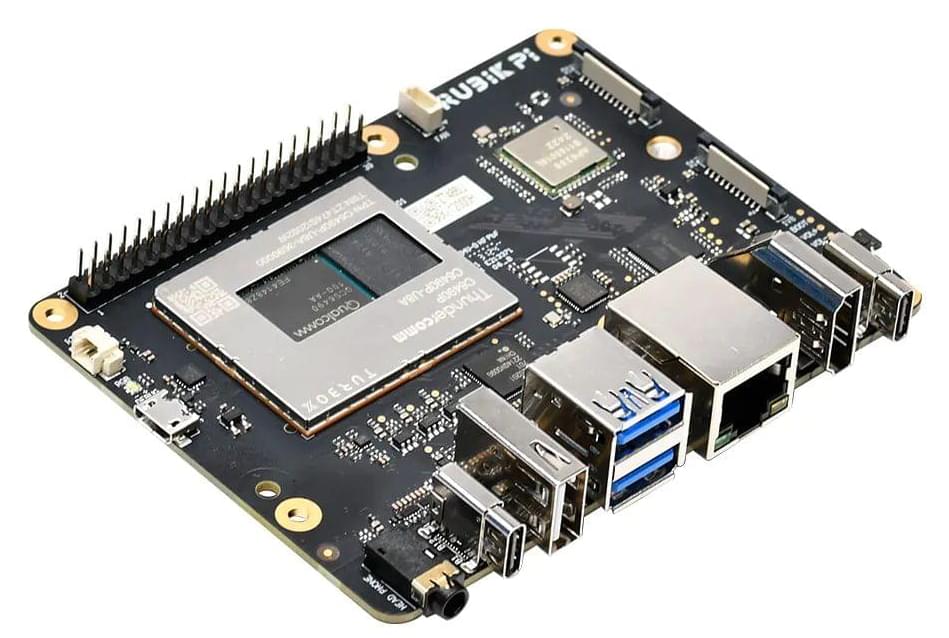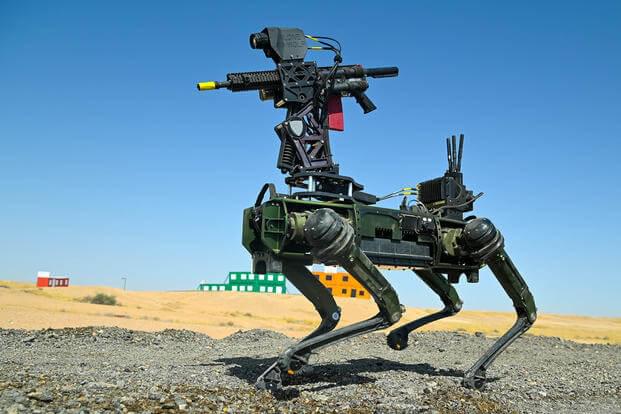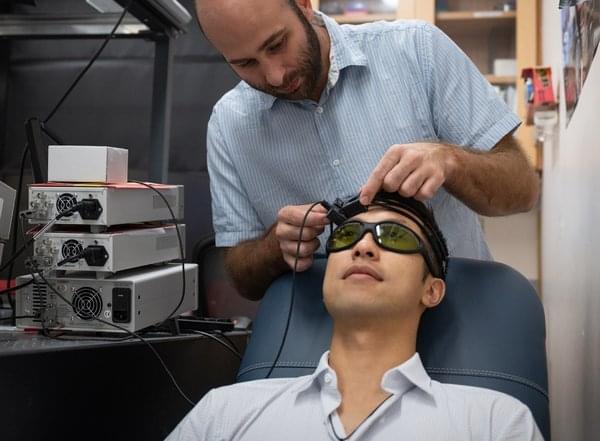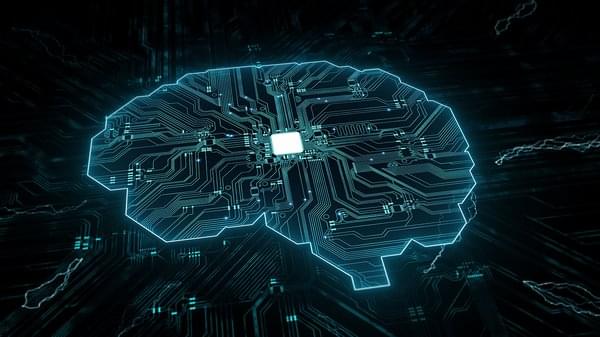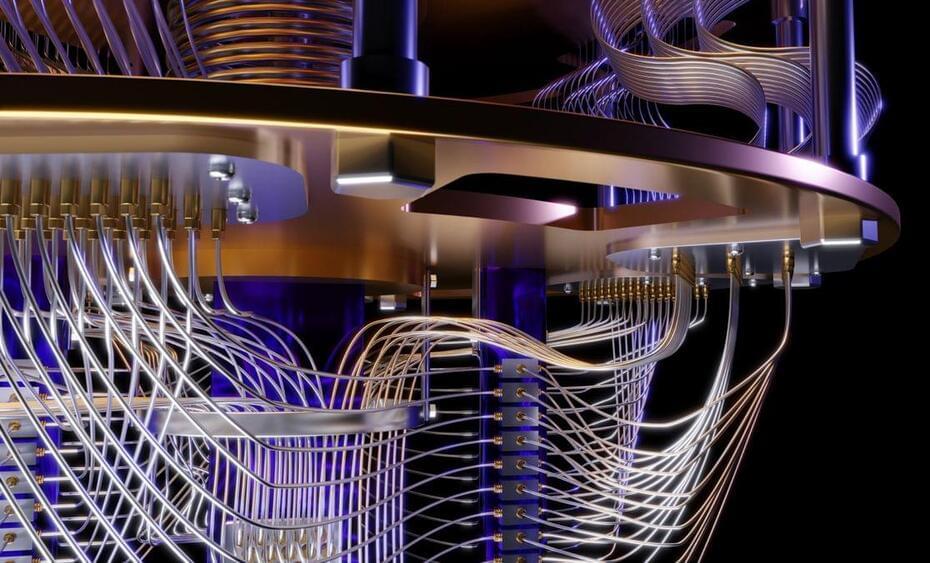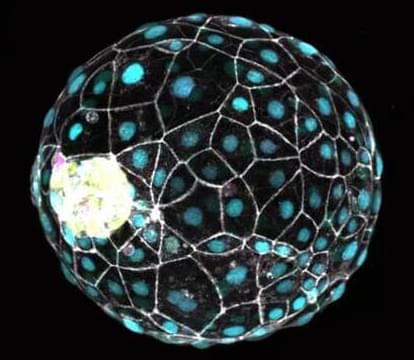
How can afforestation/reforestation (AR) help reduce climate change and help achieve the goal of the Paris Agreement calling for a maximum 1.5 degrees Celsius above pre-industrial levels? This is what a recent study published in Nature Communications hopes to address as a team of researchers from Germany investigated how AR could contribute to meeting this goal. This study holds the potential to help researchers, climate scientists, legislators, and the public better understand the steps that can be taken to mitigate the effects of climate change, for both the short and long term.
In simple terms, afforestation/reforestation (AR) is planting trees in areas that have experienced deforestation (tree removal) or areas where trees never existed. For the study, the researchers used Integrated Assessment Models (IAMs) to simulate how AR could contribute to the Paris Agreement goals by conducting more than 1,200 scenarios. In the end, the researchers found that AR contributions to climate change makes its biggest impact in 2052, along with decreasing average global temperatures by 0.2 degrees Celsius by the end of the century. Finally, AR could also reduce the amount of time before average global temperatures exceed 1.5 degrees Celsius by 13 years.
“These results show that global AR can in fact make an important contribution to mitigating climate change, when applied at the large sale,” said Dr. Yiannis Moustakis, who is a postdoctoral researcher at Ludwig Maximilians Universität München and lead author of the study. “But it is not a panacea and must be viewed in a more comprehensive framework that takes socioeconomic trade-offs equally into account. Planting a forest could create jobs, revenue, and promote ecosystem services, but it could also deprive people’s livelihood, exacerbate poverty, financially or physically displace people, and disturb local food networks.”
